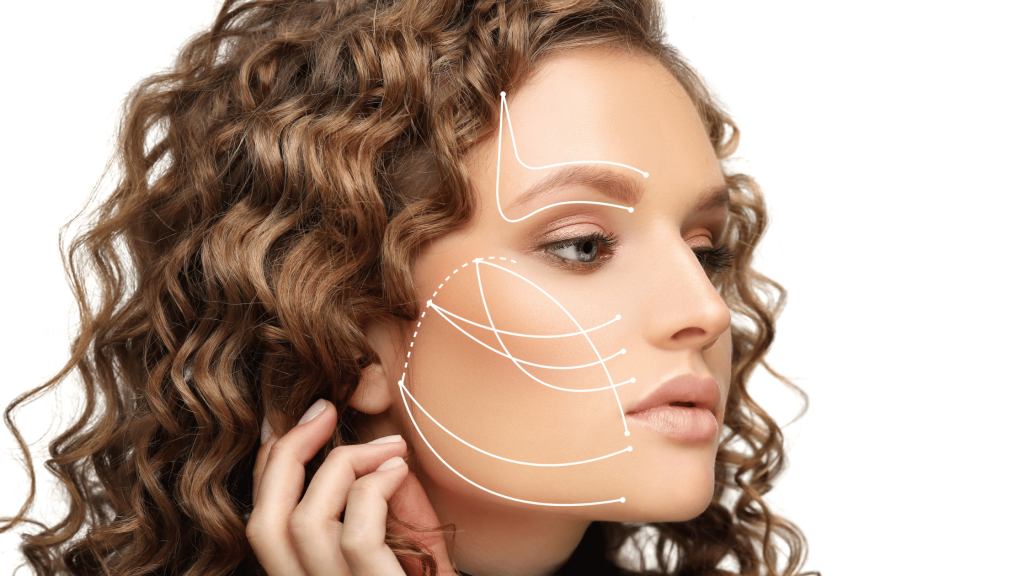
HIFU (High-Intensity Focused Ultrasound) and thread lifts are both popular non-invasive procedures for facial rejuvenation, with each having its own advantages and limitations. Whether one is “better” than the other often depends on the specific needs of the individual and the outcomes they are seeking. Here’s a comparison of the two:
Mechanism of Action:
- HIFU: This procedure uses ultrasound energy to target the deeper layers of the skin, stimulating the production of collagen. The heat generated by HIFU causes tissue tightening, leading to a lifting effect. It doesn’t involve any incisions.
- Thread Lift: This involves the insertion of temporary, medical-grade thread material beneath the skin using needles. The threads grab hold of the skin from the under-surface and, when tightened, lift and reposition the skin. Over time, the threads dissolve but stimulate collagen production in their wake.
Treatment Duration and Recovery:
- HIFU: Typically, a session can last between 30 minutes to an hour, depending on the area being treated. There’s minimal downtime, and side effects usually include temporary redness or swelling.
- Thread Lift: The procedure can take anywhere from 30 minutes to a couple of hours. There might be some mild bruising, swelling, and tenderness afterwards, with recovery times varying between a few days to a week.
Longevity and Results:
- HIFU: Results can be seen anywhere from 2 to 6 months post-treatment, as collagen production ramps up. The effects can last up to a year or longer, though maintenance treatments might be recommended.
- Thread Lift: The lifting effect is immediate, given the physical nature of the procedure. The results can last anywhere from 1 to 2 years, depending on the type of threads used and individual factors.
Ideal Candidates:
- HIFU: Generally suitable for individuals who have mild to moderate skin laxity and are looking for a non-surgical treatment option. It’s less effective for more severe sagging.
- Thread Lift: Works best for individuals with moderate sagging, especially those who might need a more immediate or pronounced lift than what HIFU might offer.
Limitations and Side Effects:
- HIFU: Some people might experience discomfort during the procedure. It’s also possible that some might not respond as effectively to the treatment.
- Thread Lift: Potential side effects include bruising, swelling, infection, and, in rare cases, thread migration or extrusion. There’s also a technique-dependent factor, meaning the practitioner’s experience can significantly impact the results.
Conclusion:
Whether HIFU or a thread lift is “better” largely depends on the patient’s age, skin condition, desired outcome, tolerance for downtime, and budget. It’s crucial to have a thorough consultation with a qualified practitioner who can assess your individual needs and recommend the most suitable treatment for you.
Lastly, always ensure that you choose a reputable clinic and experienced practitioner for any aesthetic procedure, as both technique and expertise play significant roles in the outcome and safety of the treatment.